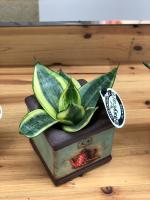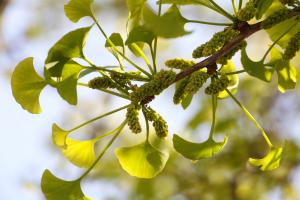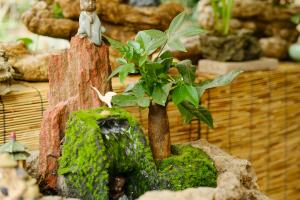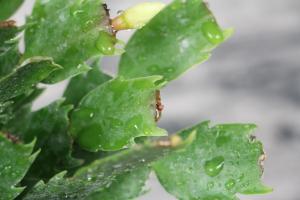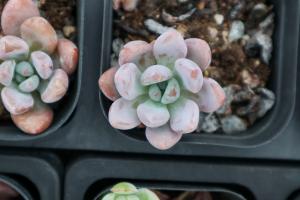Which Part of the Plant Attracts Pollinators
Plants rely on pollinators to ensure their reproductive success. To attract these essential partners, plants have evolved a variety of traits such as colors, shapes, and scents. But which part of the plant is the most attractive to pollinators? This question has intrigued scientists and gardeners alike. In this article, we will explore the different parts of the plant that attract pollinators and how you can use this knowledge to foster a thriving garden.
Flowers
It's no secret that flowers are the most obvious attractor of pollinators. The brightly colored petals and sweet nectar of the flowers are like a beacon for bees, butterflies, and birds. The shape of the flowers also plays a role in attracting certain types of pollinators. For instance, long-tongued bees are attracted to flowers with deep corolla tubes, while short-tongued bees prefer shallow flowers. Different pollinators also have preferences for certain flower colors. For example, hummingbirds are attracted to red flowers while butterflies are drawn to yellow and blue.
Leaves
While leaves may not be as showy as flowers, they can still play a role in attracting pollinators. Many plants have leaves with distinctive shapes and patterns that can be used as visual cues for pollinators. For instance, some plants have variegated leaves that provide contrast, making them easier for pollinators to spot. Other plants have leaves that are fragrant or contain chemical compounds that can attract specific pollinators. For example, some orchids have leaves that emit a scent that mimics female wasps, attracting male wasps for pollination.
Stems
The stems of plants may not seem like an obvious choice for attracting pollinators, but some species have evolved unique stem adaptations that can be used to lure in pollinators. For example, some cacti have flowers that bloom only at night and are pollinated by nocturnal species such as moths and bats. The stems of these cacti are adapted to store water, which is essential for these pollinators that are active at night in dry environments.
Using Knowledge of Pollinator Attraction to Create a Thriving Garden
Now that we know which parts of plants are attractive to pollinators, we can use this knowledge to create a thriving garden that supports pollinators. By incorporating a variety of plants with different shapes, colors, and scents, we can attract a diverse array of pollinators. We can also think beyond the flowers and incorporate plants with interesting leaves or stems. Adding a water feature or keeping a shallow dish of water in the garden can also provide essential moisture for pollinators.
It is important to note that different pollinators have different needs, and not all pollinators are attracted to the same things. Creating a garden with a variety of plants that bloom at different times can ensure that pollinators always have access to food. Providing nesting sites such as bare ground, dead wood, or hollow stems can also be beneficial for certain pollinators.
In conclusion, the different parts of the plant attract pollinators in unique ways. Flowers are the most obvious attractor, but leaves and stems can also play a role. By using this knowledge to create a garden that supports a diverse array of pollinators, we can not only ensure the reproductive success of plants but also promote biodiversity and help conserve important species.

 how many times do yo...
how many times do yo... how many planted tre...
how many planted tre... how many pine trees ...
how many pine trees ... how many pecan trees...
how many pecan trees... how many plants comp...
how many plants comp... how many plants can ...
how many plants can ... how many plants and ...
how many plants and ... how many pepper plan...
how many pepper plan...
